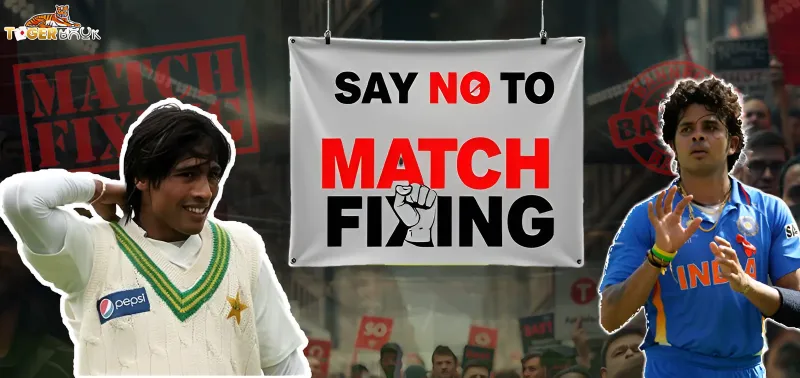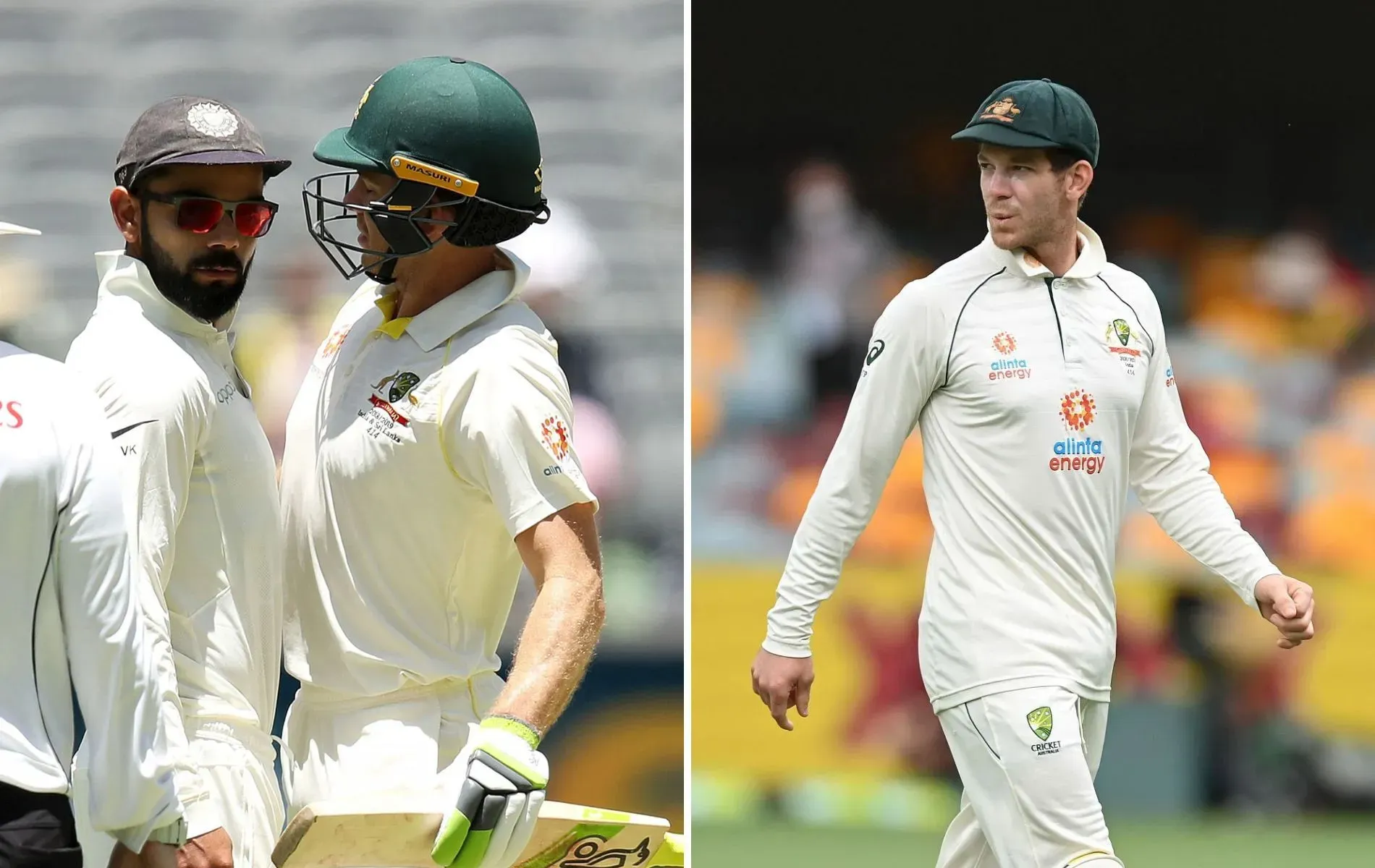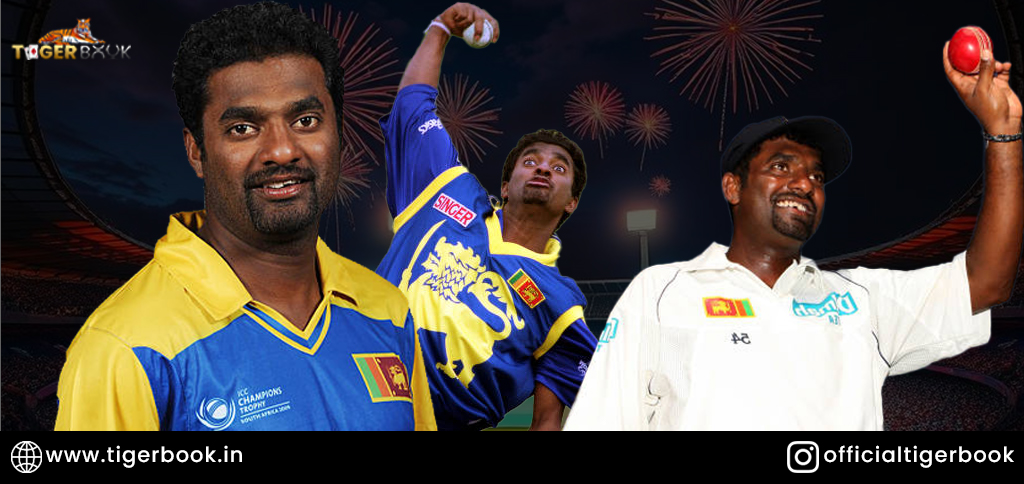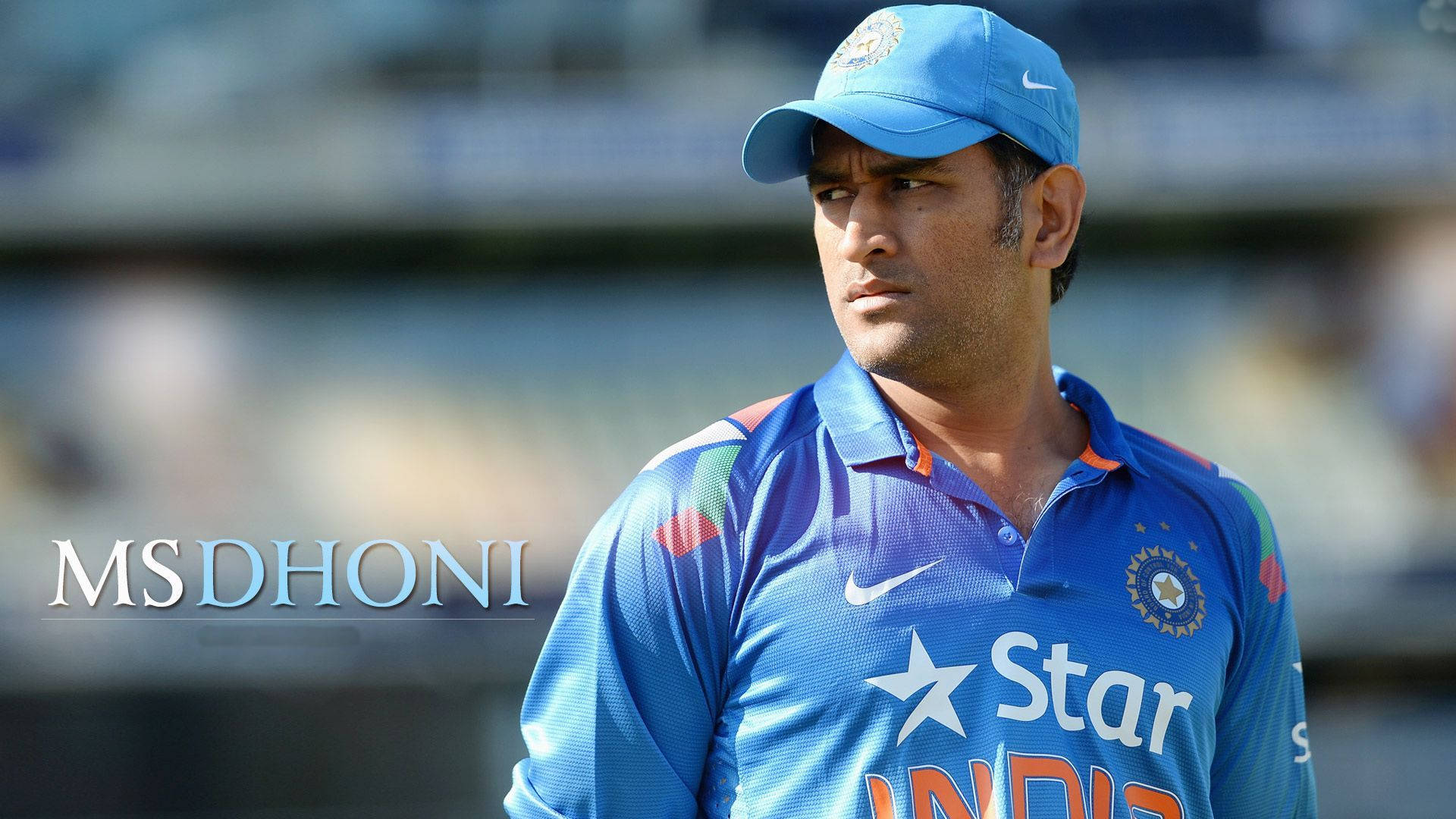 AI Blog Generation – Mass Content at Lightning Speed!
AI Blog Generation – Mass Content at Lightning Speed!
Match Fixing in Cricket: A Deep Dive into the Dark Side of the Game
Written by tigerbookworks » Updated on: June 17th, 2025


Cricket, often referred to as a gentleman's game, has faced its fair share of controversies over the years. Among these, match fixing remains one of the darkest stains on the sport's integrity. Match fixing involves manipulating the outcome of a match or specific events within it for financial gain, often tied to illegal betting. This practice not only violates the rules of the game but also shatters the trust of millions of fans worldwide. Let's explore some infamous cases, mechanisms, and impacts of match fixing in cricket.
What is Match Fixing?
Match fixing refers to the deliberate manipulation of a match's outcome or specific moments within it to achieve a predetermined result. This can involve players, team officials, and even groundsmen. The motivations behind match fixing are often financial, with bookmakers and gamblers offering bribes to influence events.
A related term, spot fixing, involves fixing specific moments within a game—such as bowling a no-ball or scoring at a particular rate—rather than altering the overall result. Both practices undermine the spirit of fair play and are considered severe offenses in cricket.
Notorious Match Fixing Scandals
1. Hansie Cronje Scandal (2000)
One of the most shocking revelations in cricket history came when South African captain Hansie Cronje admitted to accepting money from bookmakers to fix matches. The Delhi police intercepted conversations between Cronje and a bookmaker, exposing his involvement. Cronje was subsequently banned for life, and his confession implicated other players like Saleem Malik (Pakistan) and Mohammed Azharuddin (India), both of whom faced bans as well23.
If you're a cricket fan, get online cricket ID now!
2. Pakistan Spot Fixing Scandal (2010)
During Pakistan's tour of England in 2010, players Mohammad Amir, Mohammad Asif, and Salman Butt were found guilty of deliberately bowling no-balls at specific times to aid illegal betting syndicates. The scandal shook the cricketing world, leading to bans for all three players and prison sentences for their involvement23.
3. IPL Spot Fixing Scandal (2013)
The Indian Premier League (IPL), known for its glitz and glamour, was rocked by a spot-fixing scandal involving Rajasthan Royals players S. Sreesanth, Ajit Chandila, and Ankeet Chavan. The Board of Control for Cricket in India (BCCI) imposed bans on these players after investigations revealed their involvement in fixing specific overs during matches3.
4. 2018 Pitch Fixing Allegations
In 2018, Al Jazeera released a documentary alleging pitch fixing at Galle International Stadium in Sri Lanka and other venues. Groundsmen were accused of altering pitch conditions to favor certain teams during international matches. The ICC criticized Al Jazeera for not sharing evidence but continued its investigation into the claims14.
How Does Match Fixing Work?
Match fixing typically involves multiple stakeholders:
- Bookmakers: They orchestrate fixes by offering bribes to players or officials.
- Players/Officials: Individuals who agree to underperform or manipulate specific aspects of the game.
- Middlemen: Agents who connect bookmakers with players.
Fixes can range from subtle actions like bowling deliberate wides (spot fixing) to outright determining match outcomes (match fixing). Technology has made it easier for syndicates to communicate with players discreetly during games24.
If you're a cricket fan, get online cricket ID now!
The Impact on Cricket
- Loss of Trust: Fans lose faith in the authenticity of matches when scandals emerge.
- Damaged Reputations: Players involved in fixing face bans and tarnished legacies.
- Financial Losses: Sponsors and broadcasters may withdraw support from leagues or teams embroiled in controversies.
- Stricter Regulations: Governing bodies like the ICC have implemented anti-corruption measures to combat fixing.
Preventive Measures
To safeguard cricket's integrity, several steps have been taken:
- Establishment of anti-corruption units by governing bodies like the ICC.
- Educating players about the dangers and consequences of engaging in fixing.
- Monitoring betting patterns to detect irregularities.
- Strict penalties for those found guilty.
Conclusion
Match fixing remains a persistent challenge for cricket despite efforts to curb it. While scandals have tarnished the sport's image in the past, they have also led to stricter regulations and increased awareness among players and fans alike. For cricket to maintain its reputation as a gentleman’s game, vigilance against corruption must remain a top priority.
Note: IndiBlogHub features both user-submitted and editorial content. We do not verify third-party contributions. Read our Disclaimer and Privacy Policyfor details.
Copyright © 2019-2025 IndiBlogHub.com. All rights reserved. Hosted on DigitalOcean for fast, reliable performance.
















